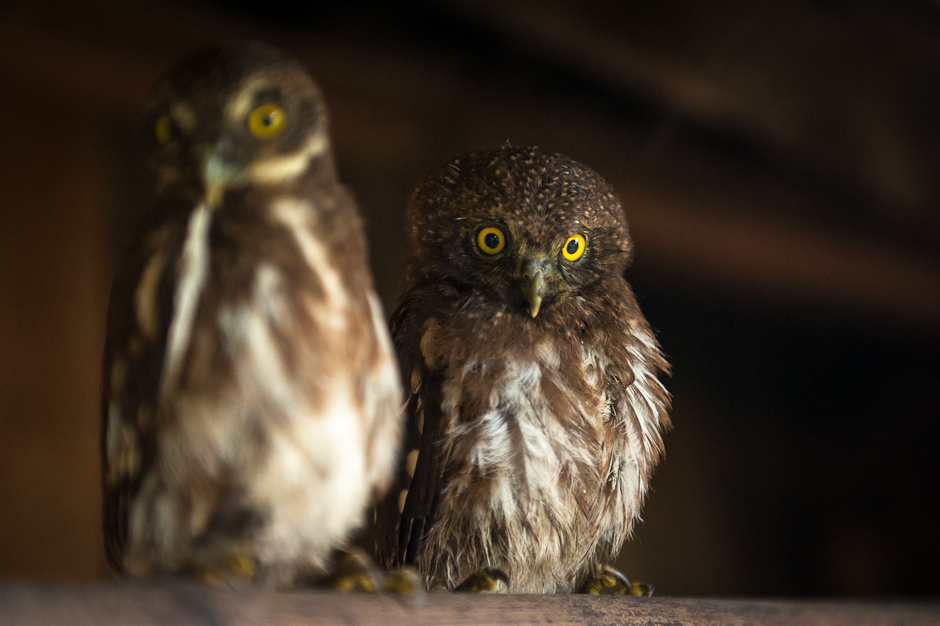Lao Cai province of
northern Vietnam borders the Chinese border and is home to a number of
different ethnic minorities that have lived in the area for centuries. I came
to Vietnam with very few expectations as our time was relatively short and our
tickets were bought over six months ago. The original purpose of this trip was
a mini-vacation of sorts and out of necessity to leave the Philippines for my
visa renewal. We flew into Hanoi and decide to head straight to Lao Cai
Province after a couple of days in this fast pace city. Parts of Lao Cai are
fairly popular tourist destinations because of the beautiful landscapes and
colorful minorities that live there, especially the mountain city of SaPa.
Because my initial inclination is always to go as far away from tourist
hotspots as possible, we decided to first head to a town called Bac Ha. Bac Ha
is well known for it’s large Sunday market, where locals and minorities come to
sell their goods, but during the week the town is really low-key and a great
place to start exploring the mountains of Lao Cai….
The mountains in this region are grande and the
landscape is covered with corn, tea, rice and other agricultural crops. My
first impression of the area was that it looked centuries old. The fields
looked like they had been tilled for many years and the homes made of wood and
mud added to the uniqueness of the landscape.Indeed, this area has had it place in history primarily as a historic trading post between the Chinese, Vietnamese and different ethnic minority groups. Today, a number of the 54 recognized ethnic minorities of Vietnam still live in Lao Cai province, including the H’mong, Tay and Dzao people.
Like in most
subsistence-based cultures a good portion of the day is spent tending to crops
and preparing food. From our limited time in Lao Cai we got the impression that
the women are the hardest workers and are often the ones doing these jobs. It
was always the women we saw carrying the heavy loads and working in the fields.
Although the men have their roles as well and often help in the fields, it’s
the women we saw doing the bulk of the work. We were told that the men are
fairly shy so it’s also the women who interact with tourists and sell their
products in the market.
All
images © Jacob Maentz



























Nessun commento:
Posta un commento